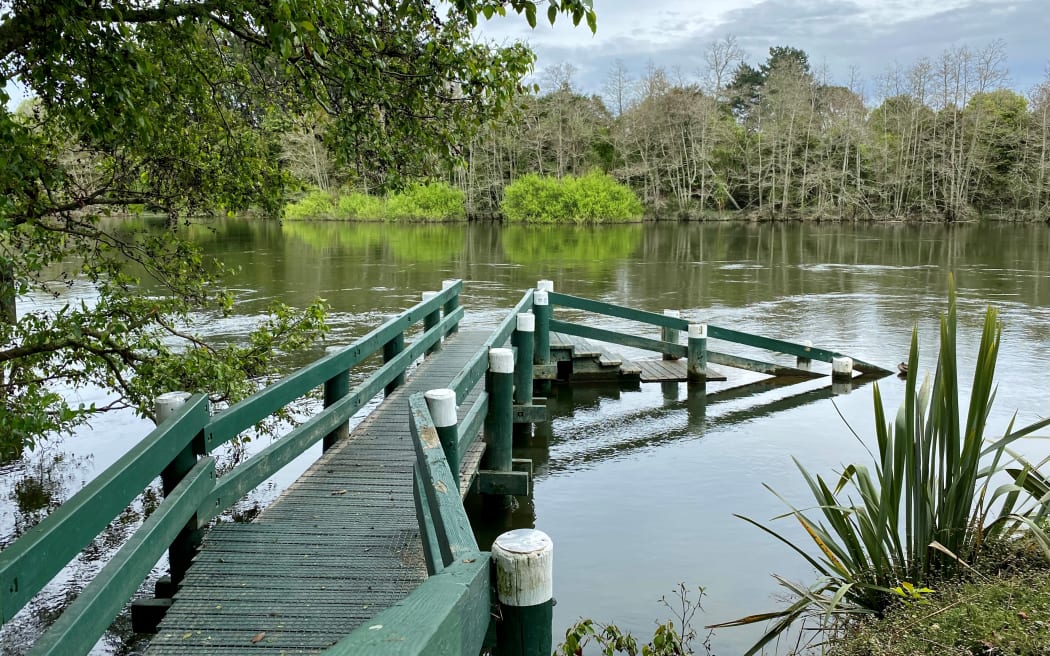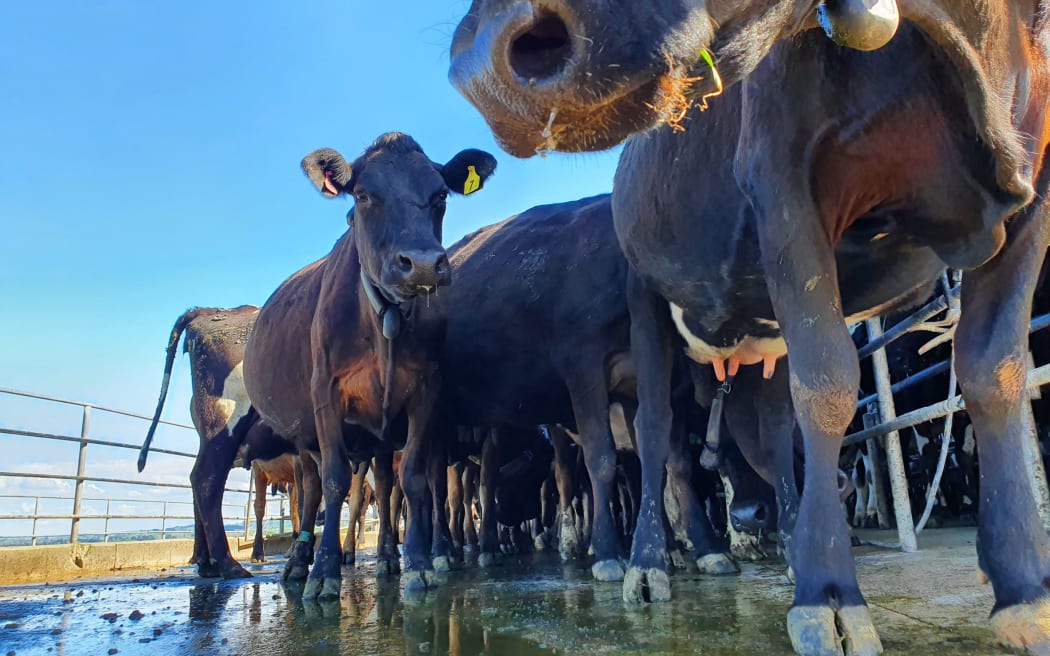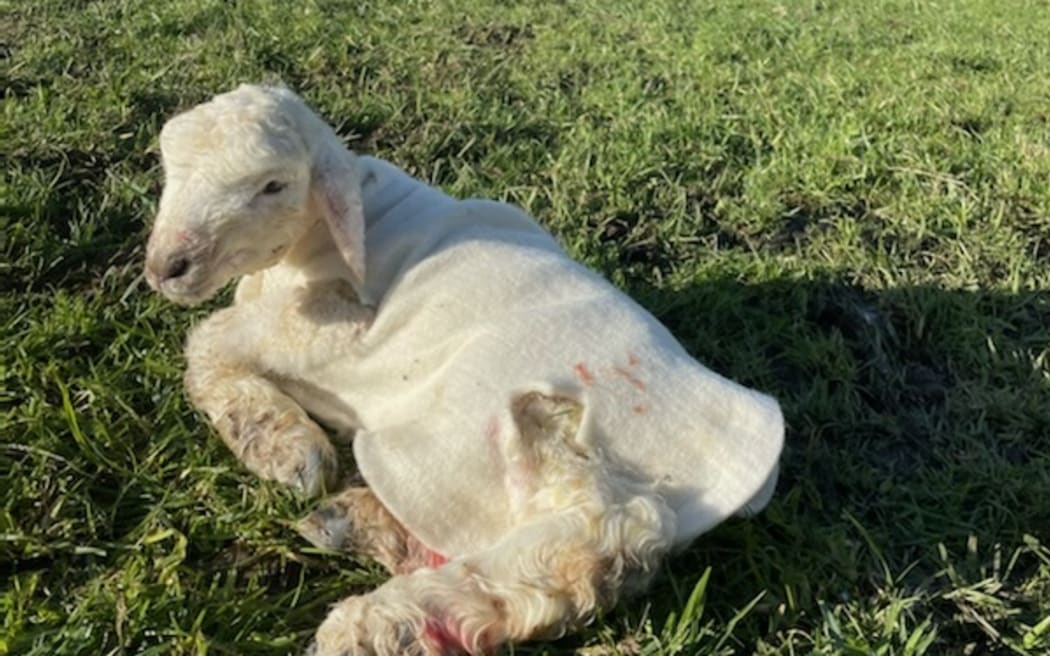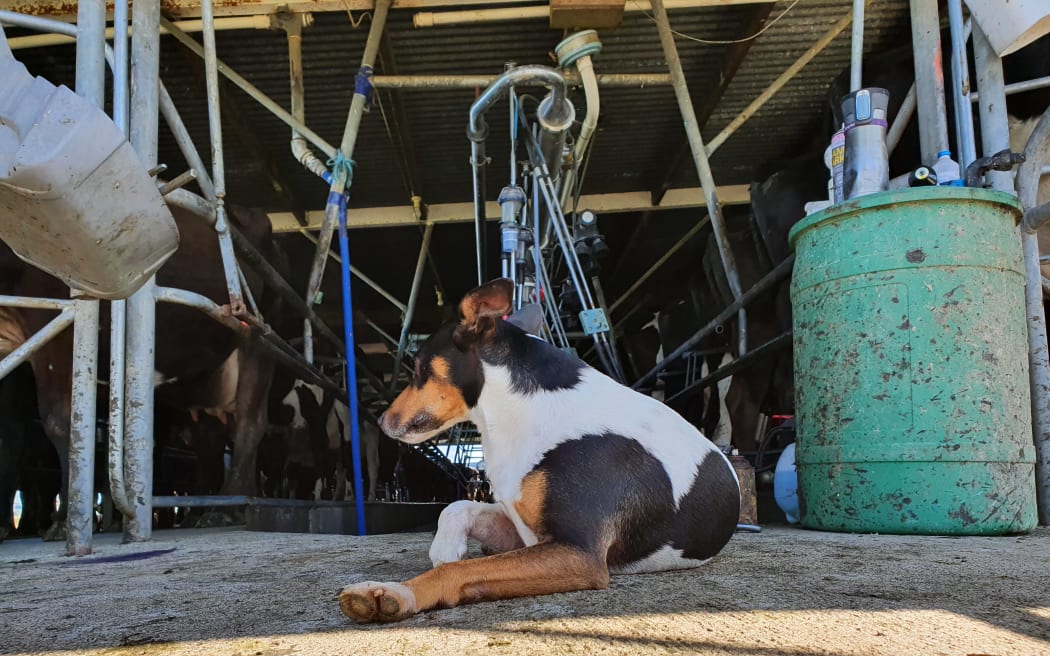Spring has not sprung across many parts of the country. Sodden ground is leaving sprayers in the mud and some kiwifruit crops have been destroyed from last week's polar blasts. Listen to On the Farm for more on conditions on farms and orchards around the country.
Grey and overcast days mean Northland farmers have nothing to write home about. Soil moisture is good but there isn't enough sun to generate the solar power for pumps used to fill up water tanks and one farmer is struggling to get water to his stock. However, the rain has dried up. Ewes and rams have now been drenched and they are blooming.
Around Pukekohe, light showers developed at the end of the week which otherwise has been fine, dull, calm and warmer than last week. Like some vegetable growers, kiwifruit orchardists have had to get rid of a large number of rabbits. The pests are digging holes in the orchard ... if workers have their eyes trained upwards they miss seeing the holes and some have been known to suffer an ankle injury. It's been annoying for staff to find and fill the holes with pumice so the rabbits must go.

Photo: Leah Tebbutt
Waikato is also having a difficult spring. Milk production is down significantly, around 7 percent. The cold snap last week means the pasture growth rate and feed quality are below average. It also means there isn't a surplus to start silage-making. It's a bit of a battle until more sunshine beats down on the land.
Bay of Plenty kiwifruit growers are counting their losses this week after a frost last Friday right on bud break caused irreparable damage. Some orchardists lost from 70 to 100 percent of their crop. Our contact predicts there will be a total fruit loss this season of 10 to 15 percent. The lingering impact of rain from August and September is also hitting dairy farmers. Some are well behind in milk production. Mating is fast approaching.
The King Country had snow settle on the ground at the end of last week followed by a minus-six-degree frost. It knocked back all the growth just as the trees were beginning to bloom. The frost dried everything out and took all the moisture out of the ground which has meant, for the first time this year, farmers have been thankful for rain which came towards the end of the week.

A dairy herd wearing electronic collars, which guide the cows around the farm, lines up for milking Photo: RNZ/Sally Round
Cooler temperatures have stunted grass growth in Taranaki. Ground temperatures are warming up but lack of sunshine and cooler winds means lower than normal growth. In low coastal areas, the balance date has still not arrived - this is when grass growth increases to meet feed demand. It usually happens around late August to early September. All in all, it's made a slow start to spring and is bringing milk production down while the miserable weather is starting to impede early crops going in.
After a year of relentless rain on the East Coast, four days of fine weather put farmers in good spirits this week. However, wet weather gear had to come out again right before the Poverty Bay A and P show this weekend. They've had record entries for dog trialling and horse entries are also up. Back on the farm, people are getting a bit tetchy as work is falling behind with the wet. Lambs are starting to become quite heavy and should've been docked a few weeks ago, but many have been unable to start the job as the weather keeps interrupting their plans.
It was an absolutely fantastic start to the week in Manawatū - the sun come out and the wind dried up the wet patches. But come mid-week farmers felt like it was groundhog day again. Usually, in the first week of October, tractor work can begin and silage can be cut but it's not the case this year. The rain means it still feels like winter although air temperatures are warm. The shining light is high lamb survival rates leaving hill country farmers feeling chipper.
Wet ground in Wairarapa has got sprayers stuck in the mud. There were a couple of fine days in the region this week but they didn't last long. Our contact can't get the sprayer onto half the olive orchard and fears there may be issues with disease later in the season as a result. It's not just sunshine he's wanting, but the wind too, to help dry things up. There are a good amount of flower buds coming through now, so that is promising.

Sheep and beef farmer Dean Rabbidge has been busy putting woollen covers on lambs in the firing line of cold winds on 5 September, 2022. Photo: Supplied / Dean Rabbidge
The peony pick began in Nelson this week, a week behind schedule thanks to flooding earlier in the year. Some varieties will do all right however others don't have the stem length thanks to being waterlogged so some are just shooting through the ground now, while others are coming into flower. It's been a fine week in the region but not warm enough to start treating the apple and pear trees in blossom with a hormone to abort flowers. It's a cheaper option as labour becomes expensive and hard to find.
Grass isn't growing fast enough in Marlborough. Everything seems to be a least two or three weeks behind. Those that started early with tailing are almost done, but grass and animals aren't growing as they should be. Some sunshine and nice warm rain is the missing ingredient at this stage. Frosts last week didn't play havoc with the grape vines as expected as many people were prepared with wind machines and helicopters.
On the West Coast, radars are up. The ground is already looking a bit dry which is getting people thinking about contingency plans for extra feed through the summer if there is another La Nina weather event. There has been enough rain at this stage and the wet winter has meant some farmers are tight on feed. But spring has been kind and temperatures are beginning to rise as people get ready for mating and silage is locked and ready to go.

A fox terrier watches the afternoon milking on a Waikato dairy farm Photo: RNZ/Sally Round
The Ellesmere A and P show is on this weekend in Christchurch, the first show in three years. Organisers were hoping to celebrate the 150th show in 2020 before Covid stopped it in its tracks. This year they are expecting around 10,000 people to attend. The stalls and events include a display of vintage farm equipment. Thankfully no rain is forecast so it's set to be a good show bringing back some normality to the calendar.
The snow last week in Otago was a welcome top-up of moisture. Our contact says he's about 130 millimetres below the average moisture levels for this year but the snow added a good 28mm to his paddocks. He says any moisture at this time of year is a good thing, and while the snow was thick, a warm wind came through and it disappeared within a few hours.
Central Otago could do with a shower, although paradise, as our contact says, is still lovely. It's beginning to get dry although the snow last week did soak in a wee bit. Farmers are nearing the end of shearing and lambing is in full swing, with merinos just starting. Those in the flat lower country are already onto tailing. A few lambs were lost in the freezing cold but on the whole survival rates were pretty exceptional.

